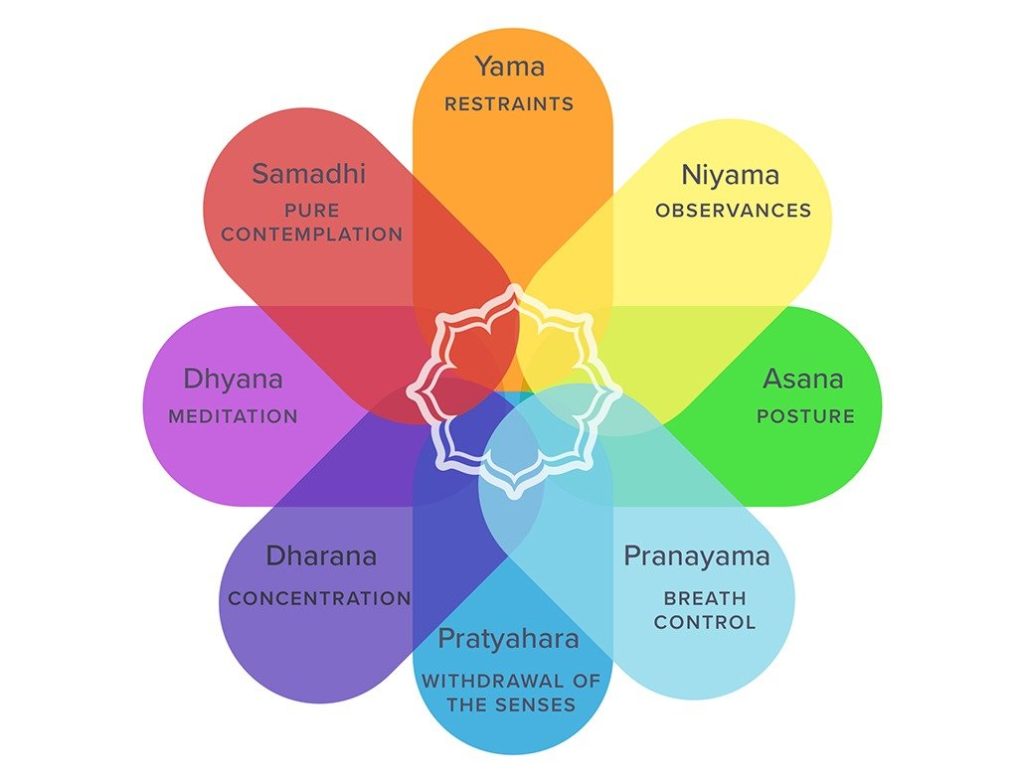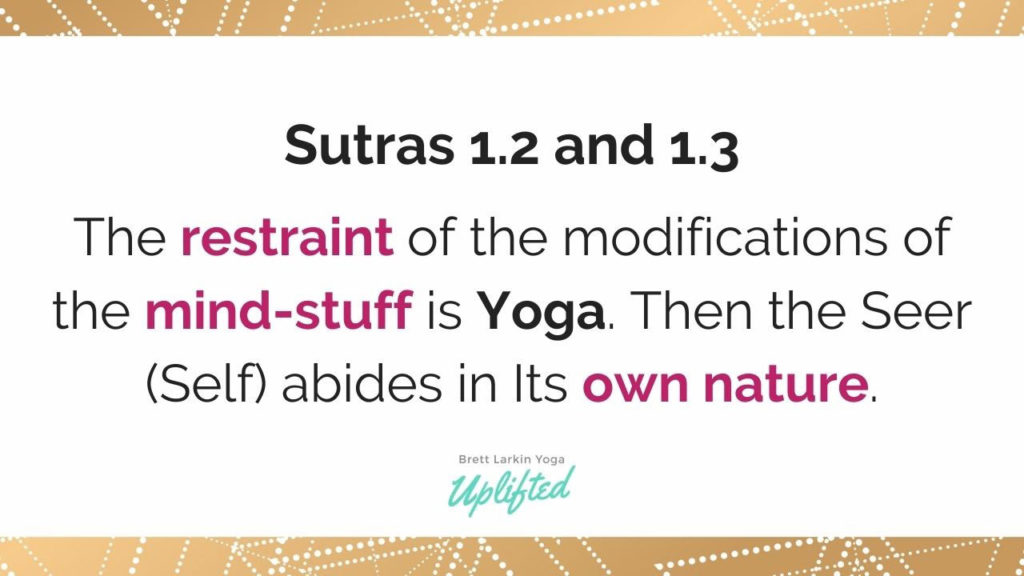
If you are a yogi in need of a personal self challenge or some discipline to motivate you to become a better version of yourself, look no further: the principle of tapas in yoga can help you.
After years of thinking about improving my crow pose (bakasana), an arm balance that I had been struggling with during my asana practice, I made the decision to finally commit to strengthening my technique.
Yoga teacher training sparked the sudden motivation. Every morning after my daily practice, I laid my yoga mat out in the kitchen. Each time I passed the mat, I had to practice something related to improving my crow pose. My place was small, and I passed the kitchen quite often, but I didn’t cheat. Each moment of discipline led to the grand moment when the idea of crow pose turned into a reality. All the hard work and diligence paid off. My physical practice had improved, and I felt more confident as a person. This was my first experience of the benefits that practicing tapas in yoga can create.
Let’s turn the tables. Think about the time you acted on a burning desire to improve upon an inversion or an ‘unreachable’ balancing pose – how did your persistence and discipline make you feel when you finally felt progress on the mat?

Any personal commitment requires positive energy, fiery discipline, and consistent determination to help us be a better version of ourselves, and yes, sometimes it is easier said than done. The use of tapas can help us become stronger, thoughtful, and resilient beings.
In this article, we will explore the meaning of tapas, the importance of self-discipline, and useful ways to incorporate the practice of tapas into our everyday life.
What is Tapas in Yoga?
In yoga philosophy, Patanjali’s Yoga Sutra describes the eight limbs of yoga; a path for a yogi to find inner wisdom, contentment, and enlightenment.

While the Yamas focus on restraint, the second limb (called the Niyamas) are personal observances that help guide us toward inner strength, positive change, and eventual freedom.
The Niyamas describe the importance of purity, contentment, discipline, self-study, and surrender.
Tapas, the third Niyama, originates from the Sanskrit word ‘tap’ and means ‘to burn or create heat;’ any impurities that are burned will lead to purification. Think about it this way, our mind naturally seeks pleasure; by enduring through and accepting learning moments that may feel painful, our mind becomes more resilient, steady, and strong.
Here’s an example most of us can relate to: if you are a non-morning person, the first time you decide to wake up early to practice yoga or meditate may seem painful when the alarm goes off, but the reward after you wake up outweighs the initial feeling of pain.
Austerity or self-discipline is another way to explain the meaning of tapas in yoga. To achieve personal growth, you have to be intentional about the choices you choose to make.
Some decisions will take you outside of your comfort zone, but the passion, discipline, and burning desire toward the path of contentment will be worthwhile if they come from a place of positivity and love.
Using Tapas to Burn Samskaras
This discussion of tapas in yoga leads us to explore our samskaras, the Sanskrit word to describe old habits or old patterns. Breaking free from old habits that we develop over time requires serious self-discipline.
Choosing to maintain an active yoga practice requires discipline, diligence, and patience. Over time, the persistence along with the mental and physical ‘heat’ we generate toward this goal outshines and overturns negative thought patterns and excuses we make to avoid our yoga practice, making space for true progress to be felt in our life.
Samskaras are not easy to get rid of. They require kriya, a concept founded on taking action, focus, and a burning desire to make a change for the better.
It’s really important to remind ourselves here that tapas in yoga is more than strict discipline; it’s the intentional desire to rid yourself of old habits that don’t serve you. What you endure is not supposed to be painful – rather it is meant to bring insight and strength to your being from a place of love. Think of the modern saying, ‘no pain, no gain.’
Bottom line: We have the ability to discipline ourselves (tapas) to burn and get rid of old habits and impurities (samskaras) to make space for positive habit patterns that help us feel a step closer to liberation and freedom. A special thanks to Swami Satchidananda for translating these critical concepts from the yoga sutras!

How to Practice Tapas In Yoga Today
Our modern lifestyles can really benefit from practicing tapas in yoga. Consider the life lessons you learned after overcoming a challenge. You are a stronger person today because of the struggles that you endured. Here are some practical ways to practice tapas in yoga on and off the mat.
1. Develop a Healthy Yogic Practice
Establish a consistent yoga practice by making an effort to get on the mat. Developing a disciplined practice involves tapas; you have to set intentional time for yourself just as you do for other things in your daily life. Try enhancing your spiritual practice by setting your morning alarm 5 or 10 minutes before you normally would wake up. Take this time to physically sit on your yoga mat to meditate, or build heat by warming up your body with sun salutations.
If your morning routine cannot accommodate extra time, schedule time in your calendar to practice yoga poses that you would like to improve upon or sign up for a yoga class that you never expected to take. Revisit the eight limbs of yoga for guidance and incorporate these practices into your routines. Remember, yoga is a way of living and being.
Another way to develop tapas in yoga practice is through kriya yoga.
This yogic practice is referenced in the yoga sutras of Patanjali, and referred to as the “Yoga of Action or Awareness”. Techniques of kriya yoga include meditation, mantra (chanting), pranayama (breathwork), and mudra (intentional hand gestures). By performing acts of austerity, you have the means to spiritual awakening.
Your mind and body will thank you for all your effort!
2. Reconsider Certain Food and Beverages
Take notice of how your food and beverage intake affects your energy levels. Are you feeling like your best self after a night of excessive drinking? Perhaps that extra piece of cake wasn’t necessary…
Practicing tapas in yoga is critical when trying to refrain from things we like to eat and drink. This is especially true when we have a good time with friends or we are coping with stressful situations. If we can muster the courage to refrain from things that don’t make us feel like our best self (even for one day), we are practicing tapas and we are establishing a powerful form of self-trust that builds resilience.
After you feel the effects from one day of resistance, try exercising a little more tapas by taking a three-day or even a seven-day pause from the food or drinks that don’t make you feel your best. You may come to the conclusion that even though you enjoy the idea or act of drinking wine, soda, or certain foods, it may not be the best thing for you in the long run.
Another way to practice tapas in yoga is through mindful pause during mealtimes. Slow down and take time to chew your food. Savor the flavors and appreciate each bite. Make time to sit down while you enjoy your morning coffee or tea rather than drinking it on the run. This technique aids in portion control and caffeine regulation. The slower you eat, the more time your mind has to process how much you have eaten. As a result, you may realize that you only had an appetite for half the meal.
3. Take Care of Your Body
Pay attention to how your physical body feels throughout the day. Sometimes we tend to get wrapped up in meetings and obligations and we tend to lose our sense of self in the process. Take notice of how you feel when you indulge in too much screen time or don’t get enough sleep. Incorporate tapas by blocking time in your calendar to get up and away from your screen for a set period of time.
Set an alarm to encourage you to go to bed in time to get at least 7 hours of sleep. Adhering to these boundaries may incite a sense of ‘suffering’ due to the lack of instant screen-time gratification but your body will be grateful for this break.
Take care of your body by indulging in yoga poses that restore your well-being; an inversion like legs up the wall (Viparita Karani) calms the nervous system and reduces anxiety. Lighting a candle and watching the flame flicker tends to have a soothing effect on the body as well.
4. Establish a Positive Mindset
The world views that surround us in conjunction with words we absorb from social media can shape a negative outlook on life. Don’t let people and their thoughts bring you down. Use tapas to spark your inner fire; the fire to create positive thought patterns. Make space in your morning to vocalize and write down positive affirmations to reaffirm your goals and to rid yourself of the mental or physical obstacles that get in your way.
Ahimsa, the respect for all living beings, and avoiding violence is another measure of austerity that feels difficult to achieve but creates a healthy mindset. Tap into your inner yogi by sending positive, healing vibes to each being in the world every day. Notice how that shift in perspective and mindset changes your enthusiasm for life.
The Niyamas are powerful codes that can guide us toward inner peace. Tapas in yoga, the third of the Niyamas, is a practice that strengthens our mental and physical beings if we hold true to the promise we make to ourselves. It’s not always easy to practice tapas, but if we uphold that inner fire and inner desire to improve upon our yogic practices we can achieve anything our minds desire.
Experience 3 Training Videos from Inside My 200-Hour Online YTT

YOU MIGHT ALSO LIKE
- What is Kriya Yoga? The Philosophy and Practice
- Uddiyana Bandha: Tapping Into Your Deep Core
- 4 Reasons Hasta Bandha Is Essential To Your Yoga Practice
- Vitarka Mudra: What It Is and How Do You Use It?
- Shakti Mudra: What It Is and How Do You Do It?
- Garuda Mudra: What It Is and How Do You Use It?
- Kali Mudra: What It Is and How Do You Do It?
- Shunya Mudra: What It Is and How Do You Do It?
- Varuna Mudra: What It Is and How Do You Use It?
- Vayu Mudra: What It Is and How Do You Use It?
- Samana Vayu: The Energy of Balance & How to Access It
- Apana Vayu: The Energy of Release & Surrender
- Udana Vayu: The Ascending Wind
- Prana Vayu: The Breath of Vitality
- Vyana Vayu: The Energetic Secret to Flow
Learn how to do 11 of the most popular yoga poses correctly. Free video + PDF download.










